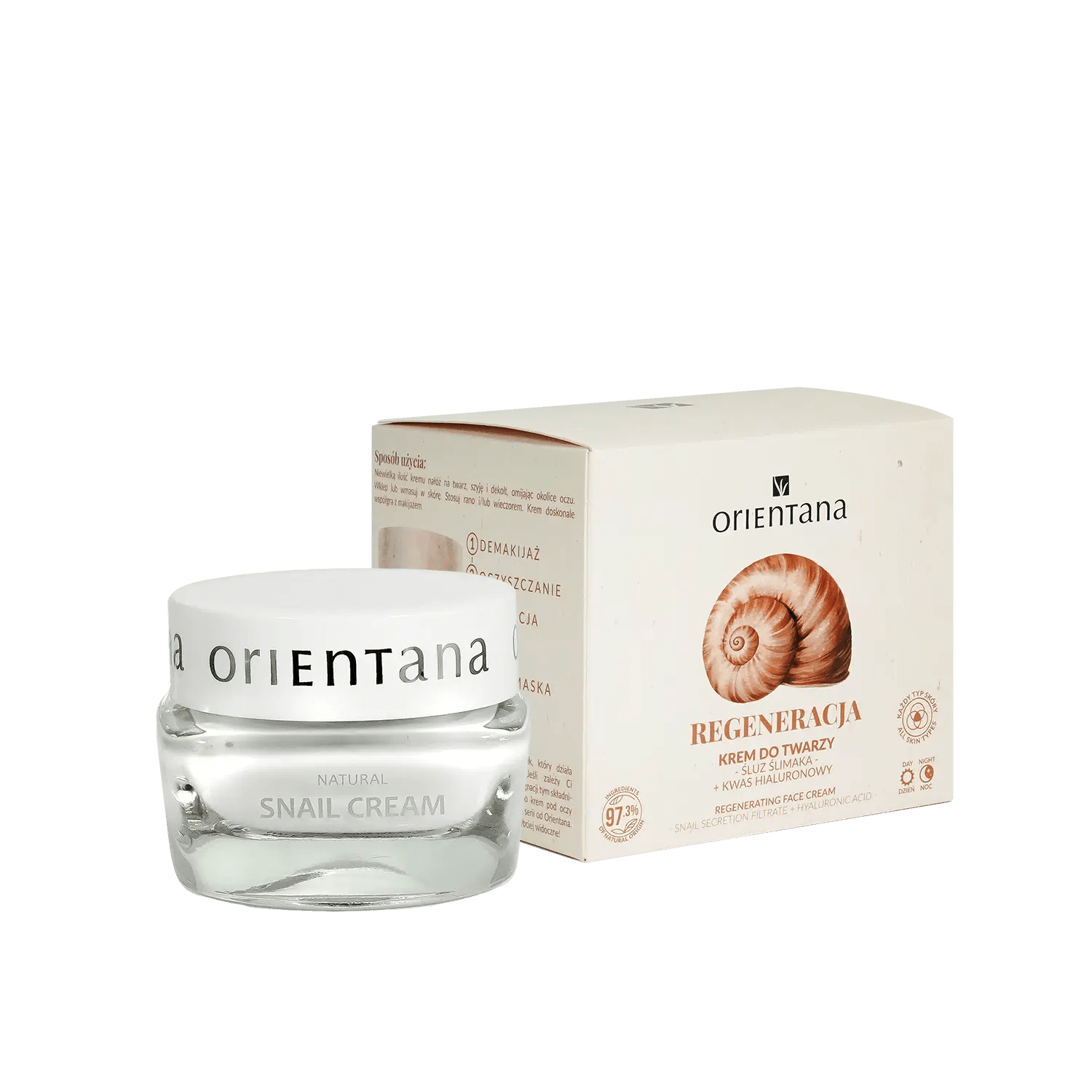INDIAN HENNA EUROPEAN WOMEN'S HAIR - WHERE ORIENTAN HENNA COMES FROM
Try our Henna your hair will thank you. is a 100% plant product. Henna is cultivated and produced in India. Henna is a shrub whose lifespan is 15 to 18 years. The harvesting period can begin three years after planting the seedling. Only henna leaves are collected to produce natural hair dye. Harvesting takes place twice a year. The first harvest at the turn of October and November gives the best quality raw material. In Hindi, this harvest is called Khatki. The second harvest period is the turn of April and May. This henna harvest is called Khutan. For eight years, henna can be harvested twice a year, and later it is harvested only in April and May - once a year. The quality of the final henna depends largely on the harvesting period.
As a manufacturer, we have signed long-term contracts with suppliers of henna, which is grown organically. Our advantage is not only long-term cooperation with farmers but also training and know-how that we provide them. Experts from our factory help in cultivation and monitoring the entire process. We also supply seeds and seedlings from good, verified sources.
WHY IS A TRUSTED HENNA MANUFACTURER IMPORTANT?
Henna of unknown origin can be very harmful because there is a risk that it was grown in contaminated soil. It then accumulates heavy metals and using it on hair or skin for a longer period of time can cause serious illnesses. That is why it is important and I warn you to buy henna from trusted suppliers. Do not buy henna occasionally transported from Asia because you do not know what it may contain.
We check the soil quality of our suppliers for the presence of unwanted harmful substances. We test the arable land for heavy metal content using the latest and precise method of atomic absorption spectrometry (ASA). The henna that comes to us from the fields is tested and safe.
Our factory in India in 2019 obtained organic status and was given the opportunity to produce in the ecocert, natrue and cosmos standards. We have enriched it with the latest technologies, installed modern machines and I can tell you with my hand on my heart that we are currently producing the highest quality henna in India.
WHAT DOES HENNA PREPARATION LOOK LIKE?
Before the henna reaches our factory, the bushes are sprayed with demineralized water before harvesting, and then dried for one day. The next day, the henna leaves are cut and fall onto sheets spread under the bushes. The leaves are spread out in these sheets and left to dry in the sun, and then transported to warehouses where they are thrown into a device called a thrasher, which crushes them. The entire process is monitored and takes place under strictly defined temperature conditions. Too high a temperature can adversely affect the quality of the raw material.
HOW IS HENNA orientana PRODUCED?
The leaves, shredded in the thrasher, are packed into jute bags. They are then sent to our factory. However, the cleaning process is still not complete and the factory is now undergoing another stage of preparing the henna so that it is completely clean for production. First, the henna is vacuum-cleaned by a machine that extracts unwanted dust, pieces of twigs and any impurities. Then the henna goes to an autoclave where it is thoroughly sterilized so that there are no bacteria in it. Remember that products offered on the European market require microbiological tests and cleanliness is an element that allows the product to be marketed. For us, this is a priority. Then the henna is stored in a place where moisture absorbers work so that the product is protected from moisture, which would adversely affect its quality.
In the next stage, the henna goes to a special mill, which grinds it thoroughly. For several months now, we have had the most modern mill in the factory, the so-called cyclone, where it is ground to a very fine state. The quality of the grinding - the smaller the particles, the better - determines the quality of the henna in use. During the grinding, further moisture filtration is carried out.
The powder prepared in this way can finally be packed. Another important piece of information – we pack henna manually because automatic packaging would cause too much air to be introduced into the sachet. We throw the sachet into a cardboard can and the finished product can be delivered to stores.
In the Orientana assortment we offer different colors of Henna - thanks to the mixture of henna with other herbs. These herbs are prepared in the same way as described above.
As you can see, there are many elements that affect the quality of henna – from where it is grown, when it is harvested, to how finely ground it is. I can assure you that all stages are controlled by us because our goal is to offer our customers around the world a high-quality natural hair dye.






